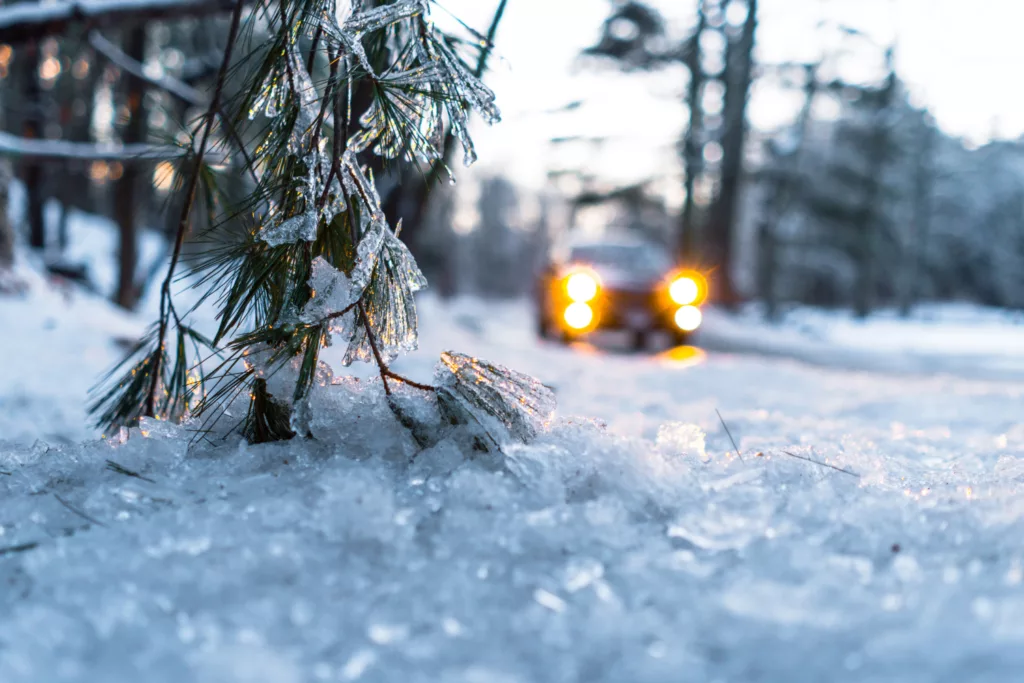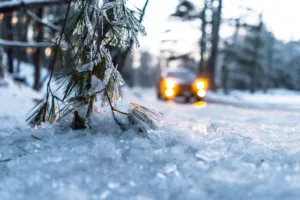

As temperatures start to drop in winter, so does the range of an electric car. But why and by how much? And is there anything you can do to minimise the impact?
We’ll answer all that and more right here.
But first, some science. Electric car batteries are made from lithium-ion – the same as you’ll find in your laptop or smartphone. To create the electricity used to power your motor, the lithium ions move from the negative to positive side of the battery (cathode to anode). When it’s cold, this chemical reaction is slower, which makes the battery less efficient and therefore delivers fewer miles of range.
It’s also true in extreme heat. Ever tried to use your smartphone after leaving it in the sun on a beach? It’s sluggish and unresponsive until you manage to cool it down in the shade. Cars have much better thermal management systems than your smartphone to protect the battery from the worst of extreme conditions, but you’ll still see a reduction in range.
Studies also show that once you hit freezing, the impact on electric car range is around 10 to 20%. That means for a car with 200 miles range on a nice day, on a frozen winter morning you’re more likely to get 160 miles.
That’s still plenty of mileage to do the average daily commute many times over – and one of the reasons that one of the biggest markets for EVs is Norway, where average daily temperatures in the winter are sub-zero.
The chemical science bit isn’t the only reason that you’ll see your mileage reading start to reduce when it’s cold. There’s a much more practical explanation, too. As winter kicks in, you’ll start placing extra demands on your battery… for example, having the heaters on full blast to keep you toasty or needing the headlights more often for foggy weather.
The road conditions also play a part. In icy and slippery conditions, regenerative braking is reduced so it’s harder to claw some of those miles back during the journey. Snow, slush and wind also increase your vehicle’s rolling resistance, meaning your vehicle is having to work harder to travel the same miles than when it’s a dry, calm day.
At this stage, it’s worth noting that electric cars are not special in this instance. It’s the same for diesel and petrol-powered cars. Once temperatures drop and conditions become trickier, they’re less efficient too and you’ll find yourself refuelling sooner.
How to maximise electric car range in the winter
Fortunately, there are plenty of things you can do to mitigate against this winter range loss and all it takes is a little planning ahead. For our complete guide to winter driving click here.
Stay plugged in: Keeping your electric car plugged in at home when not in use will help the battery stay warm by drawing a small amount of charge during those cold winter nights.
Pre-condition: Often controlled via your vehicle’s app, pre-conditioning lets you set a desired temperature in your car before leaving the house. As well as making it warm for when you get in, if you’ve pre-conditioned while plugged into your home charger then your car’s battery won’t have been used.
Plan your charging: The cold can also impact charging speed because of the same chemical reaction we discussed above. It’s always best to pre-condition to get things heated up quickly or drive a few miles before stopping off to charge on the GRIDSERVE Electric Highway. Some of the latest electric cars will use clever energy management tech to prep your battery ahead of charging if you put an EV charging location in the sat nav to maximise speeds.
Benefit from a heat pump: Heat pumps, available as standard or options on many new electrics cars, work the opposite way to a home fridge. Taking cold outside air, compressing it at high pressure, and releasing the heat created to keep you and your passengers warm. They’re much more efficient than a regular heater.
Make use of heated seats and wheel: Don’t just reach for the heater if you’re cold, try the heated seats and steering wheel instead. These consume a lot less energy than a heater that has to blow air around the whole cabin.
Slow down: Sounds obvious but reducing speed by five to 10mph, as well as switching the car into Eco mode, will maximise range and offset a lot of the impact the cold is having on your range.




